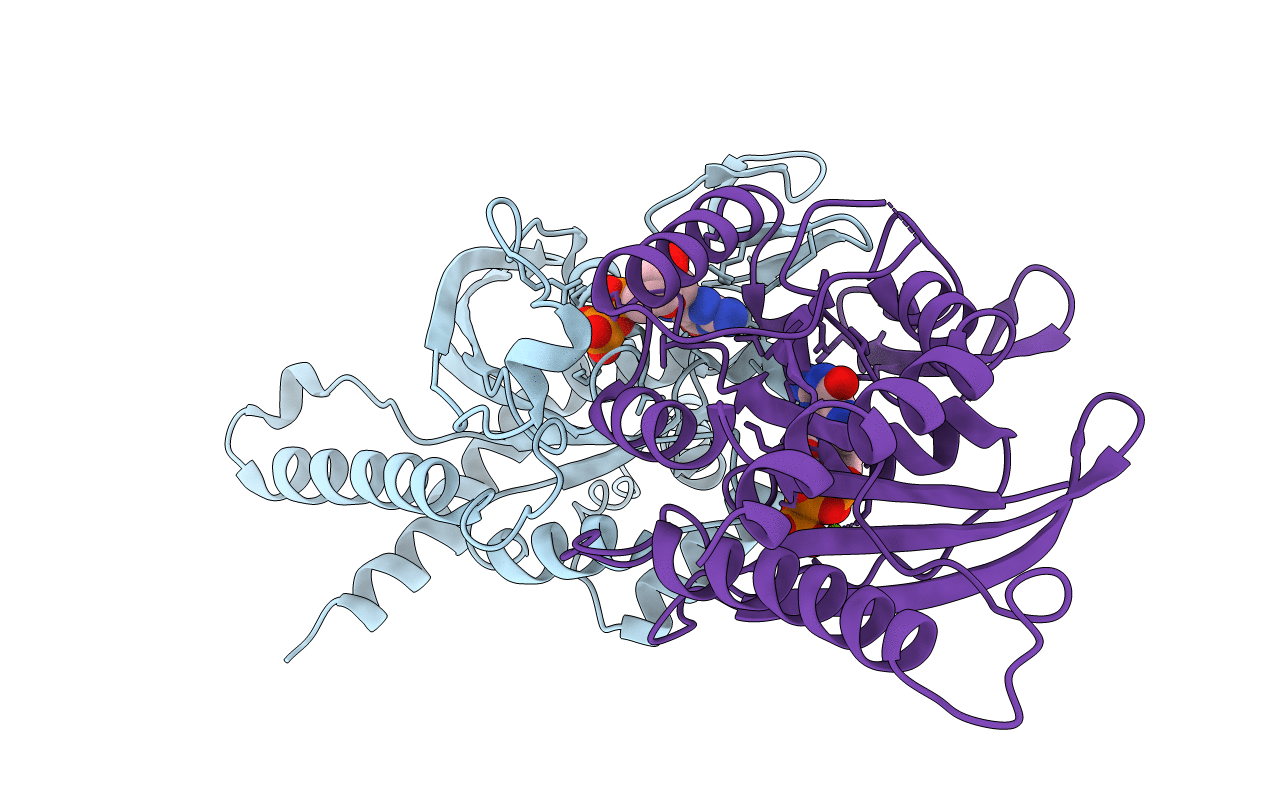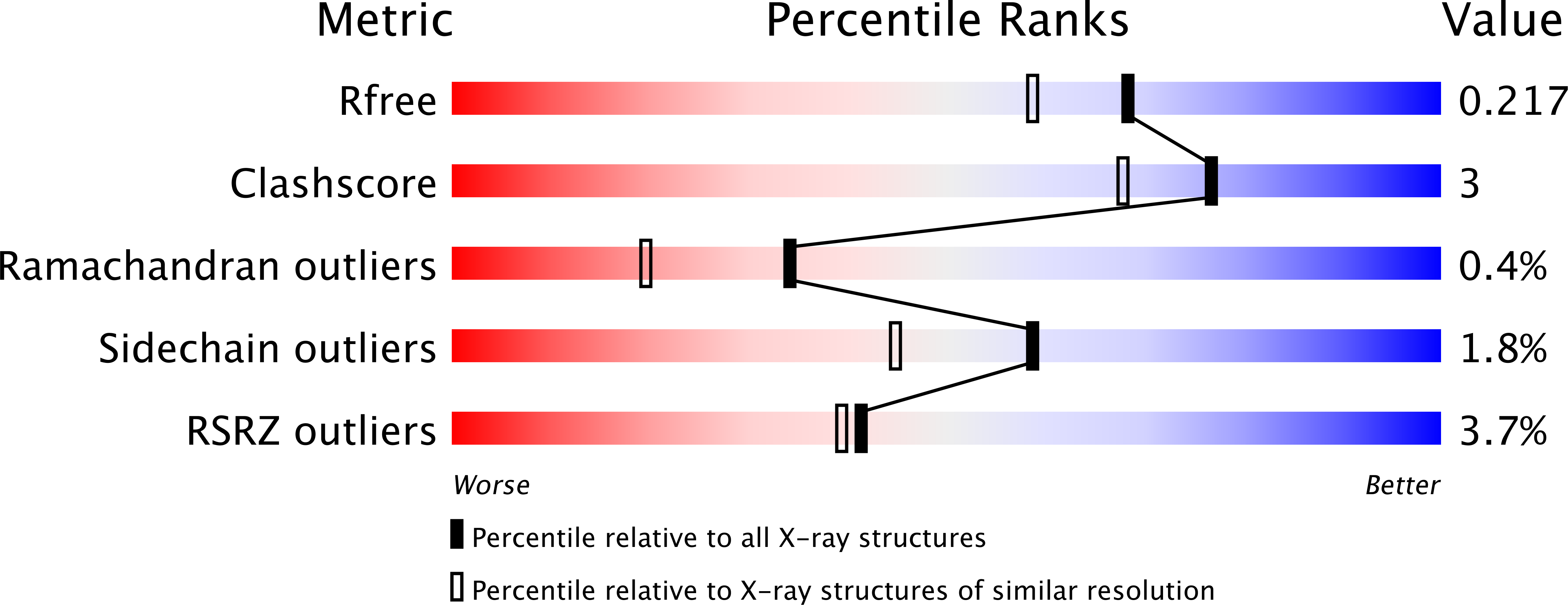
Deposition Date
2019-10-18
Release Date
2020-09-23
Last Version Date
2023-10-11
Entry Detail
PDB ID:
6UPQ
Keywords:
Title:
Crystal Structure of GTPase Domain of Human Septin 2 / Septin 11 Heterocomplex
Biological Source:
Source Organism:
Homo sapiens (Taxon ID: 9606)
Host Organism:
Method Details:
Experimental Method:
Resolution:
1.86 Å
R-Value Free:
0.21
R-Value Work:
0.18
R-Value Observed:
0.18
Space Group:
P 1 21 1


